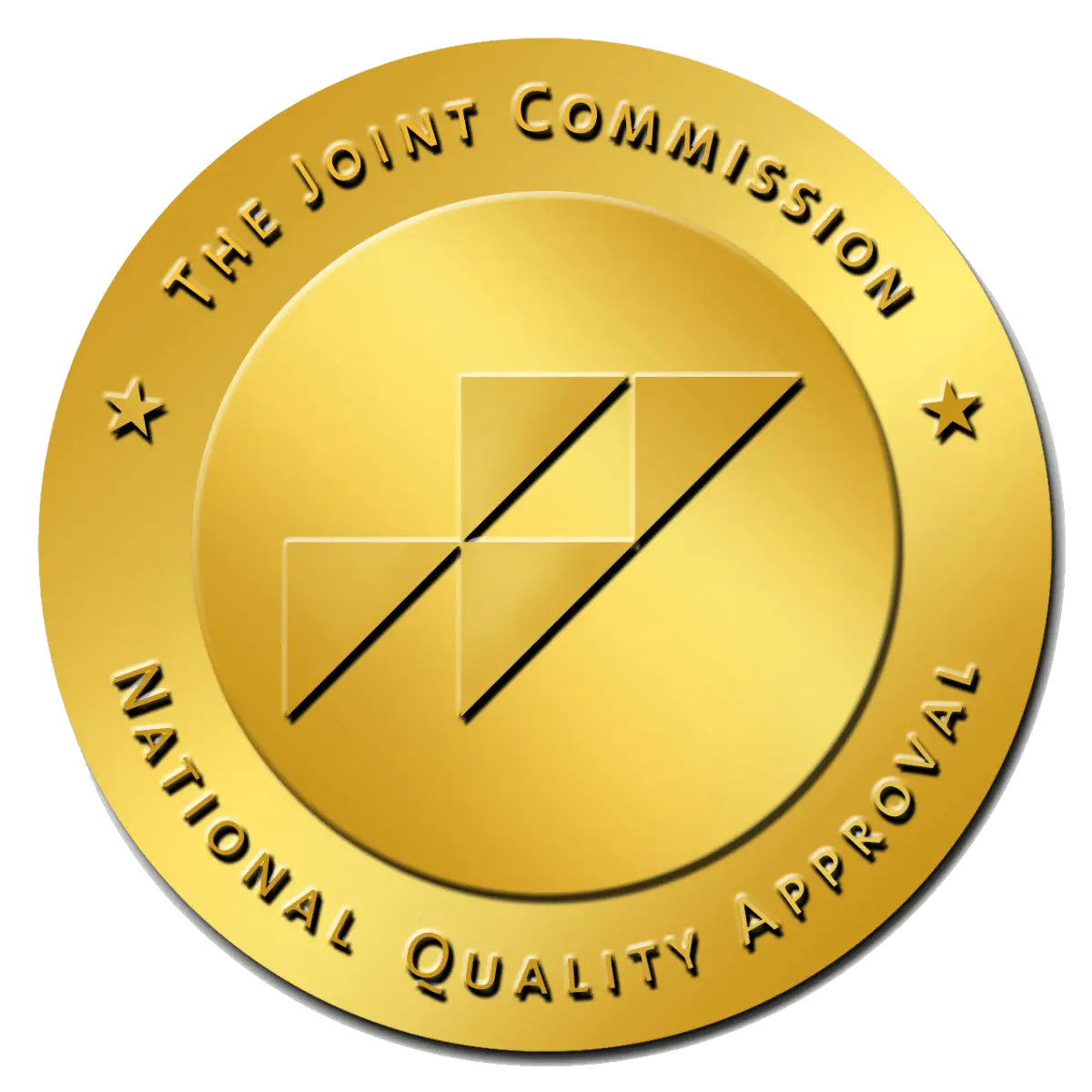Understanding Methamphetamine Eyes: Signs and Symptoms
Written by: Michelle Beaupre, PhD, LCSW | Reviewed by: Christian Small, MD
Methamphetamine, commonly known as meth, is a potent and highly addictive stimulant that profoundly impacts the central nervous system. The physical and psychological consequences of meth use are severe, and one of the most noticeable effects is on the eyes. This phenomenon, often referred to as “methamphetamine eyes,” includes a variety of symptoms that can be startling for both users and those around them. Recognizing these symptoms early is critical for intervention and seeking appropriate treatment, as methamphetamine addiction can rapidly deteriorate a person’s health and well-being.
Signs of methamphetamine eyes can include dilated pupils, bloodshot eyes, and an intense, unblinking stare. These symptoms not only reflect the drug’s impact on the eyes but also signal deeper, more harmful effects on the user’s overall health. Recognizing these signs is crucial, as they often indicate the need for urgent meth addiction treatment. Understanding these symptoms and the broader effects of methamphetamine use can help loved ones identify when someone might be struggling with addiction and guide them toward necessary help and support. Early intervention through meth addiction treatment can significantly improve the chances of recovery and prevent further health deterioration.

What Are Methamphetamine Eyes?
Methamphetamine eyes refer to the distinct changes that occur in the eyes and surrounding areas as a result of meth use. These changes can be both physical and behavioral, reflecting the intense strain that methamphetamine places on the body. Methamphetamine users often experience a combination of dilated pupils, red or bloodshot eyes, rapid eye movements, and an intense, unblinking stare. These symptoms are often accompanied by a range of other physical and psychological effects that can further exacerbate the condition.
Dilated Pupils
A common sign of methamphetamine use is dilated pupils. Meth acts as a powerful stimulant, causing the brain to release a surge of dopamine—a neurotransmitter associated with pleasure and reward. This excessive release of dopamine overstimulates the central nervous system, leading to pupil dilation. The pupils may become unusually large and hypersensitive to light, creating a distinctive appearance that is hard to miss. According to the National Institute on Drug Abuse, nearly 2.5 million people used methamphetamine in 2021, highlighting the widespread impact of this drug.
Bloodshot or Red Eyes
Methamphetamine use can cause blood vessels in the eyes to constrict and then expand, leading to redness or bloodshot eyes. This effect is often exacerbated by the lack of sleep and poor hygiene practices common among meth users. The constant rubbing of the eyes, combined with the drug’s impact on the body’s ability to produce tears, can further contribute to the bloodshot appearance.
Rapid Eye Movements
Another hallmark of methamphetamine eyes is rapid, jerky eye movements, also known as nystagmus. Methamphetamine stimulates the brain, causing an increase in neural activity that can result in involuntary eye movements. These movements can be disorienting for the user and noticeable to others. In some cases, users may find it challenging to focus on objects or maintain steady eye contact, contributing to the overall appearance of methamphetamine eyes.
Unblinking Stare
The intense stimulation caused by methamphetamine can lead to an unblinking, fixated stare. This occurs because the drug heightens the user’s sense of awareness and alertness, making it difficult for them to relax or blink naturally. A sense of paranoia or hypervigilance often accompanies this unblinking stare, as meth users are typically on high alert due to the drug’s effects on the brain.
Other Physical Signs of Methamphetamine Use
While methamphetamine eyes are a significant indicator of meth use, they are often accompanied by other physical signs that can help in identifying the problem. These signs include extreme weight loss, dental issues (often referred to as “meth mouth”), skin sores, and a generally unhealthy appearance. Meth users may also exhibit erratic behavior, including aggression, paranoia, and hallucinations, which can further highlight the need for intervention.
Skin Sores and Lesions
Methamphetamine can cause users to pick at their skin, leading to sores and lesions. This behavior, known as “formication,” is often driven by the sensation of bugs crawling under the skin—a common hallucination experienced by meth users. These sores can become infected and lead to scarring, further contributing to the overall decline in physical health.
Meth Mouth
Another common sign of methamphetamine use is “meth mouth,” characterized by severe dental decay and gum disease. Methamphetamine use can reduce saliva production, leading to dry mouth and an increased risk of cavities and infections. Additionally, the drug’s acidic nature, combined with poor oral hygiene and a diet high in sugary foods and drinks, can cause rapid deterioration of the teeth and gums.
The Lethal Combination
When fentanyl and xylazine are used together, their effects on the body amplify, leading to severe and often fatal outcomes. Understanding these compounded risks is crucial for grasping the full extent of their danger.
Respiratory Depression
Both fentanyl and xylazine significantly suppress the respiratory system. When combined, they can cause profound respiratory depression, which drastically reduces the ability to breathe. This can lead to insufficient oxygen supply to the brain and other vital organs, resulting in hypoxia, coma, or death. The compounded effect of these substances on the respiratory system makes this combination particularly lethal.
Cardiovascular Effects
The combination of fentanyl and xylazine can severely depress heart function. This can result in dangerously low blood pressure (hypotension) and a slow heart rate (bradycardia). These conditions can lead to cardiac arrest and other life-threatening cardiovascular events. The additive depressive effects on the heart and circulatory system make the use of these drugs together extremely hazardous.
Increased Risk of Overdose
The unpredictable potency of fentanyl, especially when mixed with other substances, significantly increases the risk of overdose. Xylazine’s additional depressive effects exacerbate this risk, making it harder to revive individuals even with opioid antagonists like naloxone. This challenge is compounded by the widespread availability and increasing presence of fentanyl-laced products in the illicit drug market. In 2023, the DEA seized more than 80 million fentanyl-laced fake pills and nearly 12,000 pounds of fentanyl powder, highlighting the widespread availability and danger of these substances. This proliferation complicates treatment efforts and increases mortality rates, as users are often unaware of the presence of xylazine in their drugs, leading to unintentional overdoses.
By understanding these severe risks, it becomes evident how critical it is to address the issue of mixing fentanyl and xylazine, both in terms of public health education and substance abuse treatment.
The Psychological Impact of Methamphetamine Use
Methamphetamine eyes are not just a physical manifestation of drug use; they are also indicative of the profound psychological impact that meth can have on an individual. Pink meth, like other forms of methamphetamine, can lead to intense feelings of euphoria, followed by severe depression, anxiety, and paranoia. These psychological effects can cause users to become isolated, withdrawn, and unable to maintain healthy relationships, making professional treatment essential for long-term recovery.
Paranoia and Hallucinations
Methamphetamine use can cause intense paranoia and hallucinations, leading users to believe that they are being watched or followed. This hypervigilance can manifest in the eyes, as users become fixated on their surroundings, constantly scanning for perceived threats. This behavior can be particularly noticeable in social situations, where the user’s anxiety and paranoia may cause them to act erratically.
Depression and Anxiety
The comedown from methamphetamine use can be severe, leading to feelings of depression and anxiety. These psychological effects can further exacerbate the physical symptoms of methamphetamine eyes, as users may become more withdrawn and less likely to seek help. Over time, the combination of physical and psychological symptoms can take a significant toll on an individual’s overall well-being.

The Importance of Early Intervention
Recognizing the signs of methamphetamine eyes and other symptoms of meth use is crucial for early intervention. Methamphetamine addiction can be incredibly difficult to overcome, but with the right support and treatment, recovery is possible. Understanding how long methamphetamine stays in your system can also be an essential part of the recovery process, as it can help individuals and their loved ones understand the duration and severity of withdrawal symptoms.
Methamphetamine has a relatively long half-life, meaning it can stay in the body for an extended period. The duration of time that meth remains detectable in the system can vary depending on several factors, including the user’s metabolism, the amount of meth used, and the method of use. On average, meth can be detected in urine for up to 72 hours after use, but this timeframe can be longer for heavy or chronic users. Understanding how long methamphetamine stays in your system is important for those in recovery, as it can help manage expectations during the detox process.
Seeking Help at Villa Oasis
At Villa Oasis, we understand the devastating impact that methamphetamine addiction can have on individuals and their families. Our comprehensive treatment programs are designed to address both the physical and psychological aspects of addiction, providing our clients with the tools they need to achieve lasting recovery. Whether you’re seeking detox, residential treatment, outpatient care, or sober living support, our experienced team guides you every step of the way.
If you or a loved one is struggling with methamphetamine addiction, don’t wait to seek help. The signs of methamphetamine eyes and other symptoms of meth use are serious indicators that intervention is needed. At Villa Oasis, we offer a safe and supportive environment where you can begin your journey to recovery.

